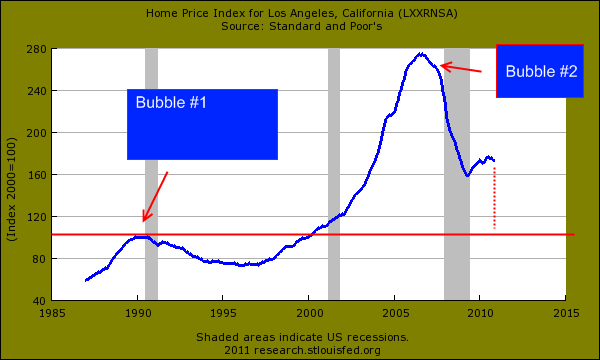All Posts (10732)
With no U.S. economic data on the calendar, it was suppose to be a relatively quiet trading session. However the surprise reserve requirement ratio (RRR) hike by China and the overwhelmingly strong U.K. retail sales report livened up the currency market.
Breakdown of Treasury Yield Ratio Suggests Changes Coming to Markets
The treasury yield ratio is the ratio of a long-term treasury yield to a short-term treasury yield. Although the yield ratio is not plotted exactly the same as the traditional yield curve, it has a similar importance in that it gauges changes in rates and maturities of treasury securities that will impact on financial markets. The yield ratio goes up as the spread between a long-term and a short-term rate widens, and vice versa. http://www.safehaven.com/article/20013/these-indicators-suggest-stock-markets-have-more-upside-and-gold-some-uncertainty
For those who do not know what I am describing, a couple examples below will help explain. The first example is a look at "cost of funds" and guaranteed profits that banks can make. It is not a borrow-short lend-long strategy but will morph into such a scheme as I vary the parameters. http://globaleconomicanalysis.blogspot.com/2011/02/next-borrow-short-lend-long-guaranteed.html
RBA Assistant Governor Phillip Lowe noted that global inflation is likely to be elevated for an extended period of time as commodity production remains constrained. In a speech in Sydney Mr. Lowe noted that, “What does seem clear is that the world economy is going through a change in relative prices, and that this change is likely to be quite persistent. At least for the time being, it would appear that the ability of the world to produce commodities is becoming a key constraint on non- inflationary growth for the global economy.”
DougKass
